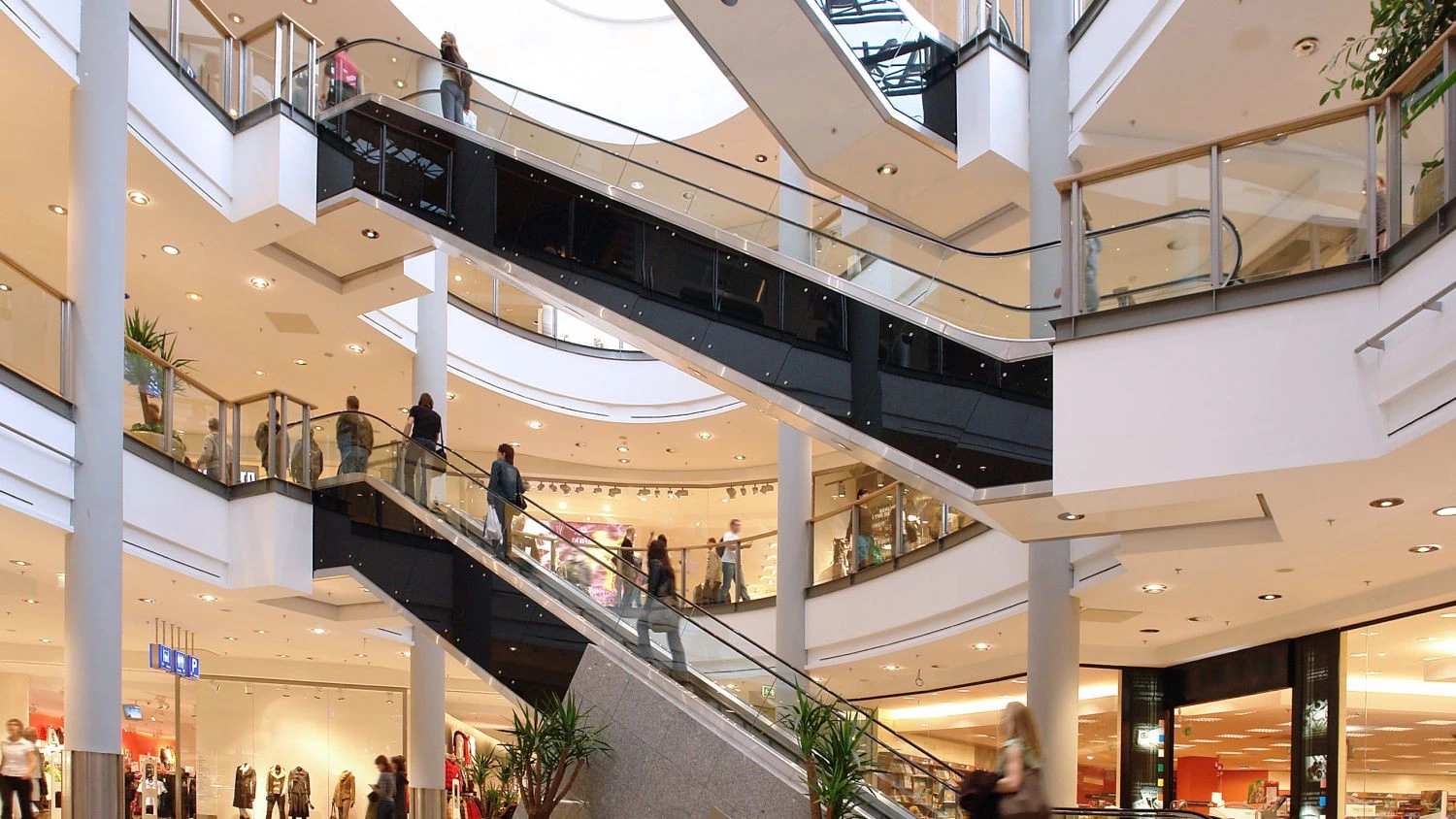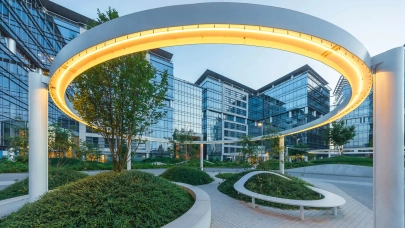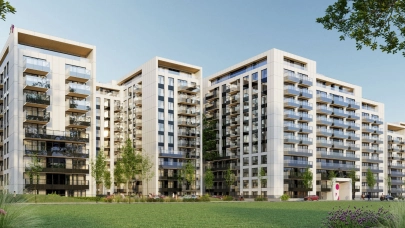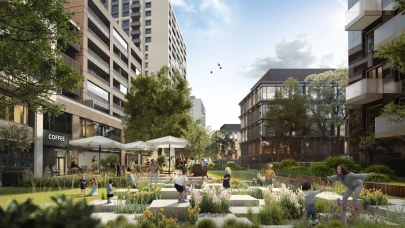
Cushman & Wakefield has summarised the situation in the Polish retail market. Over half a million square meters of new retail space came on stream last year, marking the highest new supply level in Poland since 2015. This robust development activity occurred amid rising demand from new retailers and improving consumer sentiment which boosted retail sales.
Supply: 2024 witnessed impressive development activity
"In 2024, 530,000 sqm of modern retail space was delivered onto the Polish retail market, marking the highest annual supply since 2015, which saw approximately 700,000 sqm added. After accounting for 49,000 sqm of retail closures, new retail deliveries in 2024 totalled 481,000 sqm. The fourth quarter alone saw 12 new retail park completions in both large agglomerations and towns with populations below 50,000. This brought Poland’s total retail stock to approximately 16.8 million sqm", says Ewelina Staruch, Senior Analyst, Cushman & Wakefield.
According to Cushman & Wakefield, the largest retail park completion in 2024 was Trei's Vendo Park Szczecin with an area of nearly 24,000 sqm. Three schemes were redeveloped, including Łódź’s Sukcesja shopping centre, which was rebranded as Nowa Sukcesja. The revamped shopping centre spans over 40,000 sqm and features one of Europe’s largest entertainment zones. Additionally, 16,000 sqm was added to the market in the fourth quarter through four extensions.
At the end of December 2024, Poland’s retail development pipeline stood at 375,000 sqm across 50 projects: 34 new developments, 13 extensions and three redevelopments of existing facilities.
"The highest concentration of construction activity is in Silesia and Mazovia, with 52,000 sqm and 42,000 sqm respectively. Notably, 65% of the retail stock under development is located in towns with populations below 50,000, while 21% is underway in agglomerations with over 400,000 inhabitants", adds Ewelina Staruch.
Demand: Polish retail market welcomes 26 brands
In 2024, 26 new brands entered the Polish retail market, a figure comparable to that recorded in 2023, which saw 30 new entries. The newcomers in the fourth quarter of 2024 included MR.DIY, Santoni, Isei, Andre Tan, PHOme!, Atac Hiper Discount by Auchan, and Calliope, which returned to Poland. Four of these brands chose Warsaw for their first location, two opted for Poznań, while MR.DIY opened its store in Zabrze.
Retail sales: 2024 saw growth amid improving consumer sentiment
"Retail sales improved in 2024 compared with 2023, with growth driven by lower inflation and higher average salaries boosting consumer sentiment. According to the latest data from Statistics Poland (GUS), retail sales grew by 1.3% in October and 3.1% in November, resulting in a year-on-year growth of 2.7% for January-November 2024", comments Ewa Derlatka-Chilewicz, Head of Research, Cushman & Wakefield.
In November 2024, the best-performing retail categories in constant prices were motor vehicles, motorbikes and spare parts (+19.6% year-on-year) and other items (+13.1% year-on-year). Pharmaceuticals, cosmetics and orthopaedic equipment saw retail sales rise by 7.1% year-on-year. On the downside, annual falls were reported for three categories: textiles, clothing and footwear (-12.9% year-on-year), furniture, radio, tv and home appliances (-5.2% year-on-year), and food, beverages and tobacco (-0.4% year-on-year). In November, Poland’s online retail penetration rate stood at 10.7%, down by 1 pp year-on-year.
Footfall & Turnover: Consumer footfall and spending in shopping centres remain stable
"In 2024, the average shopping centre footfall was approximately 410,000 customers per retail scheme, a figure comparable to that posted in 2023. The best performers in terms of customer traffic were the largest and the smallest shopping centres - those with over 60,000 sqm and under 20,000 sqm respectively. The strongest year-on-year footfall growth was recorded in Wrocław, Kraków and Warsaw, while the weakest growth was reported in Tricity and Poznań", comments Ewa Derlatka-Chilewicz.
The net turnover of shopping centre tenants in 2024 averaged more than PLN 1,050 per sqm, reflecting a nominal increase of around 4.5% year-on-year. Given the average annual inflation of 3.6%, this represents a marginal increase in real terms.
"The strongest turnover growth was reported by the largest shopping centres, particularly in Kraków, Łódź and Silesia", adds Ewa Derlatka-Chilewicz.
Nominal retail sales reported by tenants varied significantly by product category, with the best performers being services (10%), health and beauty (9%), entertainment (7%) and speciality grocery stores (5%). Fashion and restaurants saw growth of 3% and 4% respectively. The weakest growth of around 1% was reported by furniture and homeware retailers, electronics stores and supermarkets.
Rents: Tenants face further rental growth
Prime shopping centre rents rose by approximately 23% year-on-year.
"This rental growth was driven not only by annual inflation-linked indexation but also by strong demand for retail space and investments in the quality and customer experience of many shopping centres. Retail parks that dominated new supply saw prime rents rise by 22% year-on-year in the fourth quarter of 2024 when accounting for inflation-linked indexation in 2024. Meanwhile, rental rates for units in top high streets grew by about 17% year-on-year", explains Michał Masztakowski, Head of Retail Agency Poland, Cushman & Wakefield.
Vacancies: Toruń, Kielce and Rzeszów report the lowest vacancy rates
Cushman & Wakefield’s survey of the 16 largest agglomerations in Poland has revealed that the overall vacancy rate stood at 3% in 2024, down by 0.3 pp year-on-year. The highest vacancy rates of 4.8% and 4.6% were recorded in Lublin and Poznań respectively. The lowest availability of retail space was in Toruń (0.8%), Kielce (0.8%) and Rzeszów (0.9%).



